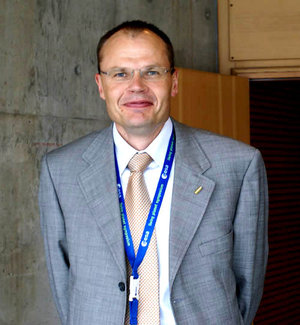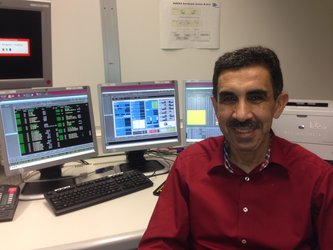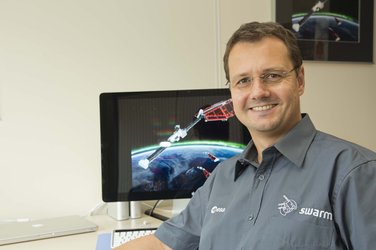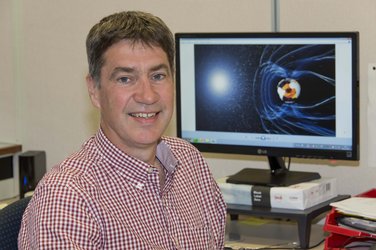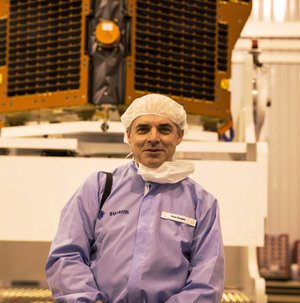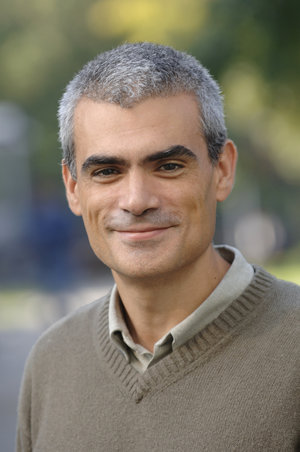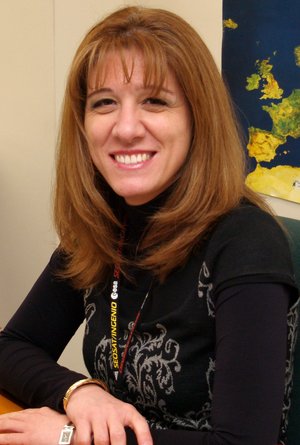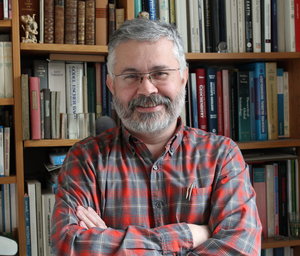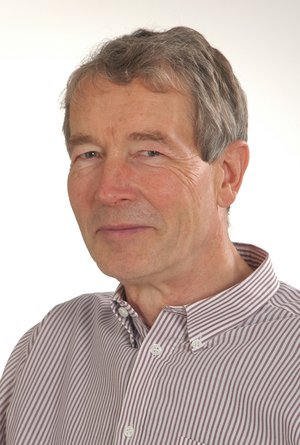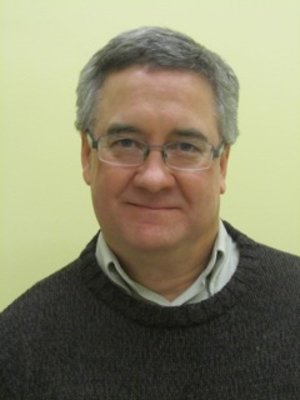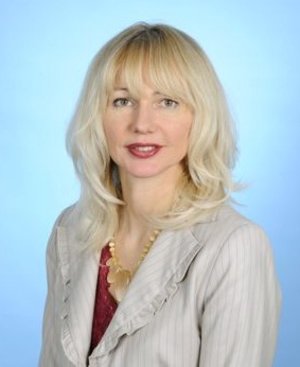Hermann Lühr: Lead Proposer
Hermann Lühr is one of three scientists leading a large team that proposed the Swarm mission to ESA. In addition to his role as Lead Proposer, Hermann is a member of the Swarm Mission Advisory Group. In an interview, Hermann discusses how Swarm will contribute to our understanding of magnetic forcing of the upper atmosphere.
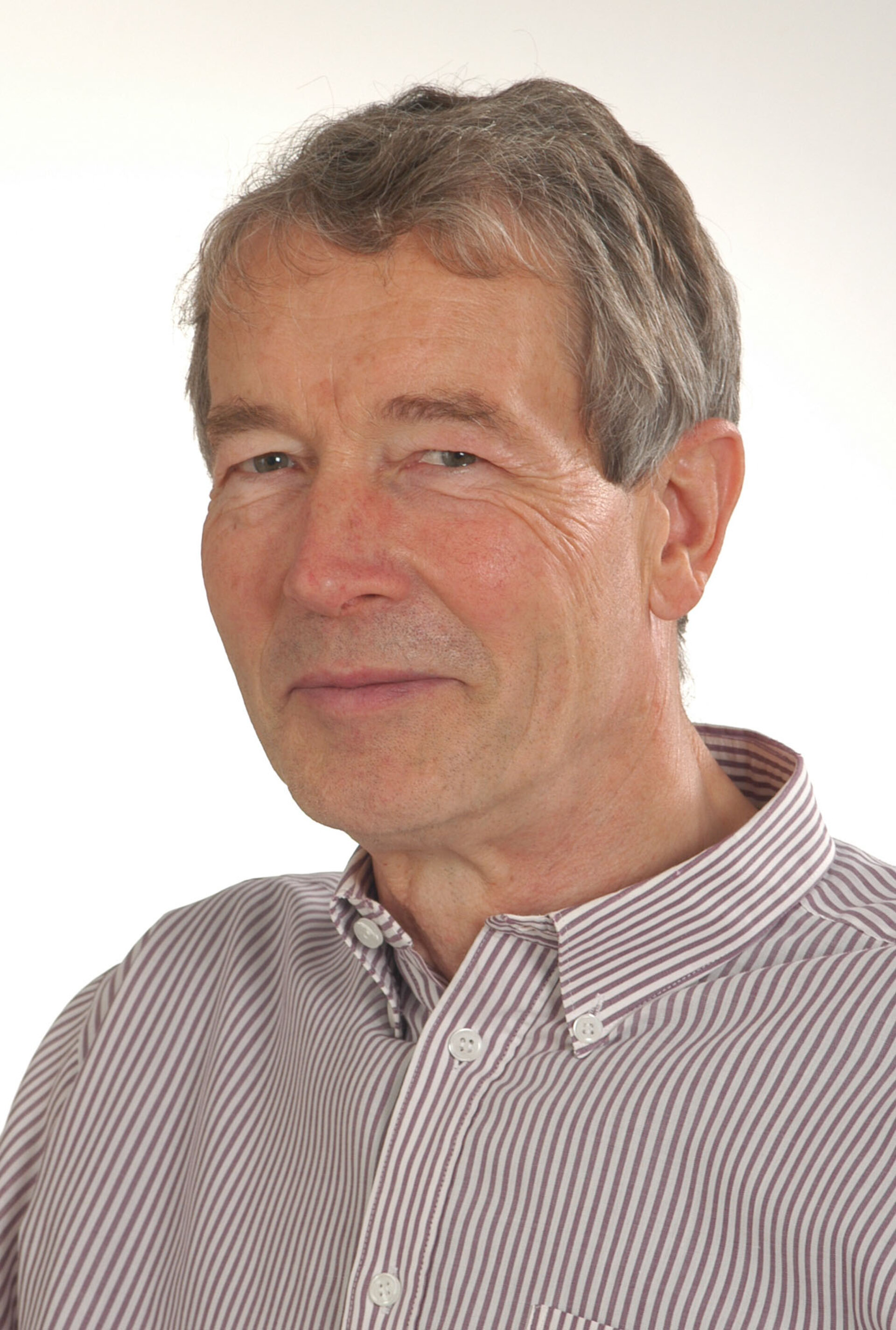
Hermann, a German physicist, began collaborating with ESA right after the 2002 selection of Swarm as one of the three candidate missions considered for implementation in ESA’s Earth Observation Programme. Due to his deep involvement in the German CHAMP mission, run by GFZ Research Centre for Geosciences in Potsdam, Germany, he contributed significantly to the Swarm mission design.
Hermann earned his doctorial degree at the Technical University of Braunschweig, where he later obtained his professorship. In 1996 he became Senior Scientist at GFZ, and faculty member of the TU Braunschweig. He has been actively involved in the magnetic field teams of several space missions including Cluster. For the CHAMP mission, he was the Payload and Science Operations Manager, and in 2008 he took over the lead of the mission.
ESA: What is the benefit of having complementary instruments on each of the three satellites?
Hermann Lühr
A major challenge when interpreting magnetic field measurements from space is to separate the various contributions from different sources of the geomagnetic field. For example, electric currents in the upper atmosphere cause disturbing magnetic fields for the main field analysis. The effect of these currents can be characterised and corrected when they are determined independently, e.g. by the electric field and plasma instruments on board Swarm.
ESA: How can Swarm contribute to a better understanding of the upper atmosphere?
Hermann Lühr
From the predecessor mission CHAMP, we have learned that the geomagnetic field influences the dynamics of the upper atmosphere significantly, both the ionised and neutral constituents. For making real progress in understanding the processes in the upper atmosphere, Swarm provides simultaneous observations of the magnetic field, ion dynamics and the neutral air density and winds. In addition to the complementary instrumentation, the multipoint observations of the satellite constellation provide unique views of the upper atmosphere. Together, this information will hopefully yield the global picture.
ESA: In 2000, ESA launched the four-satellite Cluster mission to study the interaction of solar wind with the magnetosphere. How can we benefit from combining Swarm and Cluster data?
Hermann Lühr
With Swarm we observe the near-Earth effects of processes in the magnetosphere driven by the solar wind. The Cluster fleet offers in situ observations of magnetospheric processes. In particular for the distribution of the magnetospheric ring current strength inconsistencies emerged between the estimates from near-Earth and measured in situ. A direct comparison between Swarm and Cluster observations shall help to reconcile the two types of data. Probably additional currents systems have to be taken into account. A proper correction of the ring current magnetic field is a major issue for determining the actual secular variation.
ESA: What kind of new findings do you think will come from Swarm?
Hermann Lühr
It is quite difficult to predict new finding before the start of a satellite mission. Even though, we have high expectations in this constellation mission. A marvellous result would be if we could deduce ocean currents from the magnetic field readings. This is an important parameter in climate modelling. Different from other techniques, the magnetic field signals represent the net water transport from top to ocean bottom. This can be considered as a very useful calibration/validation number for the more detailed observations from floaters or sea surface topology.
ESA: What is the role of GFZ in the Swarm mission?
Hermann Lühr
The role of GFZ in the Swarm mission is multifold. Important impulses for Swarm came from GFZ’s mission CHAMP. Based on our very positive experience we provided constructive advice during the planning and construction phase of the Swarm satellites. Also, based on our mission experience, the German Aerospace Center DLR has established a Swarm Coordination Office for Germany at GFZ. This acts as a focal point for information on the mission and helps coordinate the national user community. Of particular interest for GFZ is, of course, the scientific interpretation of data from this innovative mission. Here we are expecting a number of surprises.
Editor's note:
This is one in a series of interviews with a few of the key people that are involved in the Swam mission. Please check back as the list will be added to over the coming weeks.







